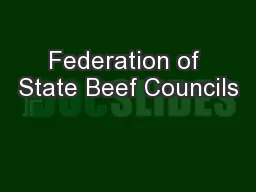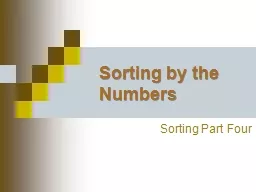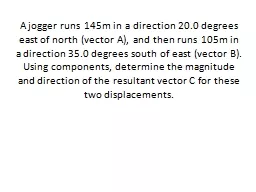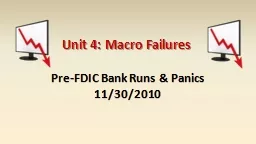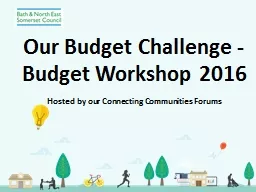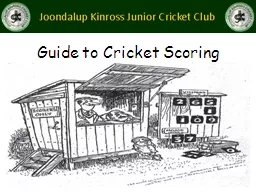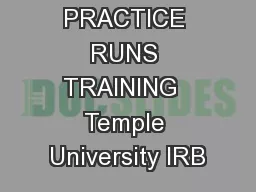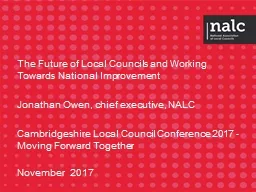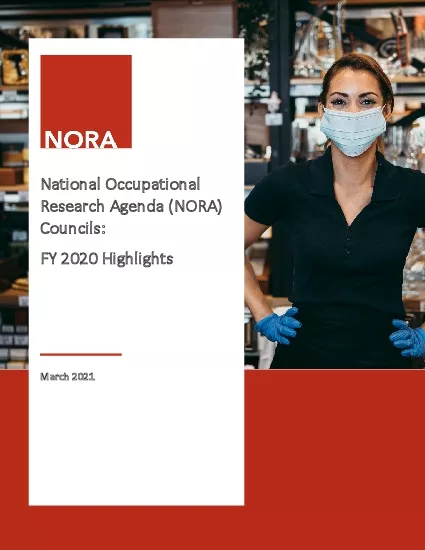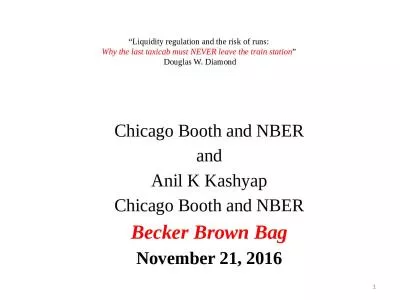PPT-How councils are run – and who runs them
Author : kittie-lecroy | Published Date : 2019-02-01
Cabinet Government Directlyelected mayors Committee system only for councils with fewer than 85000 residents Local Government Act 2000 Why change Opague and unclear
Presentation Embed Code
Download Presentation
Download Presentation The PPT/PDF document "How councils are run – and who runs ..." is the property of its rightful owner. Permission is granted to download and print the materials on this website for personal, non-commercial use only, and to display it on your personal computer provided you do not modify the materials and that you retain all copyright notices contained in the materials. By downloading content from our website, you accept the terms of this agreement.
How councils are run – and who runs them: Transcript
Download Rules Of Document
"How councils are run – and who runs them"The content belongs to its owner. You may download and print it for personal use, without modification, and keep all copyright notices. By downloading, you agree to these terms.
Related Documents


